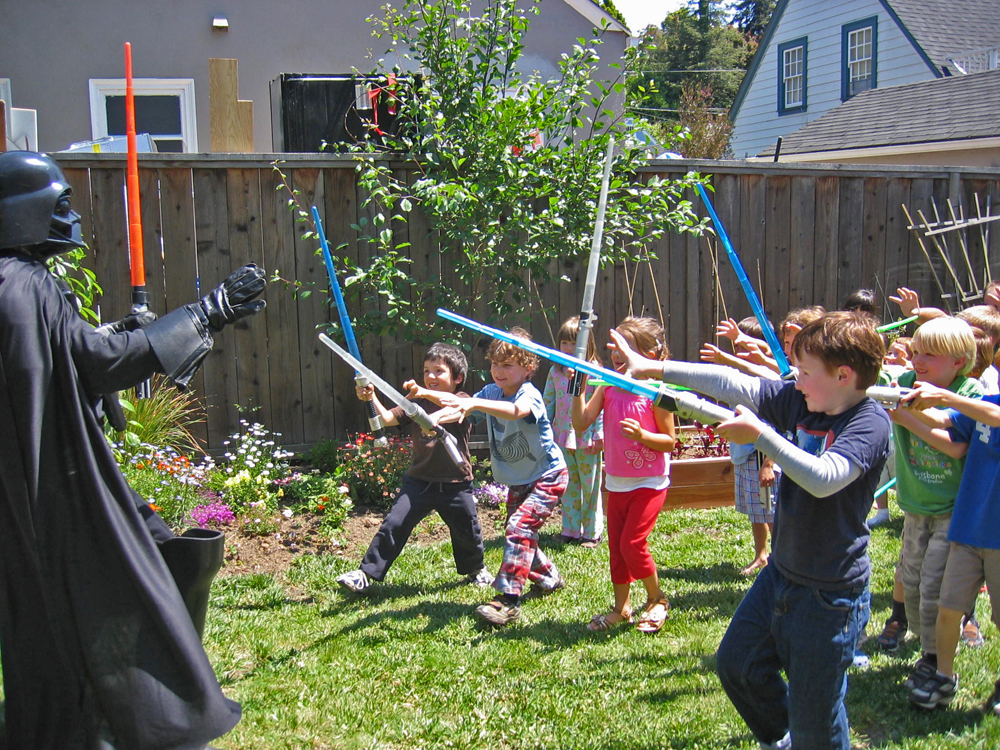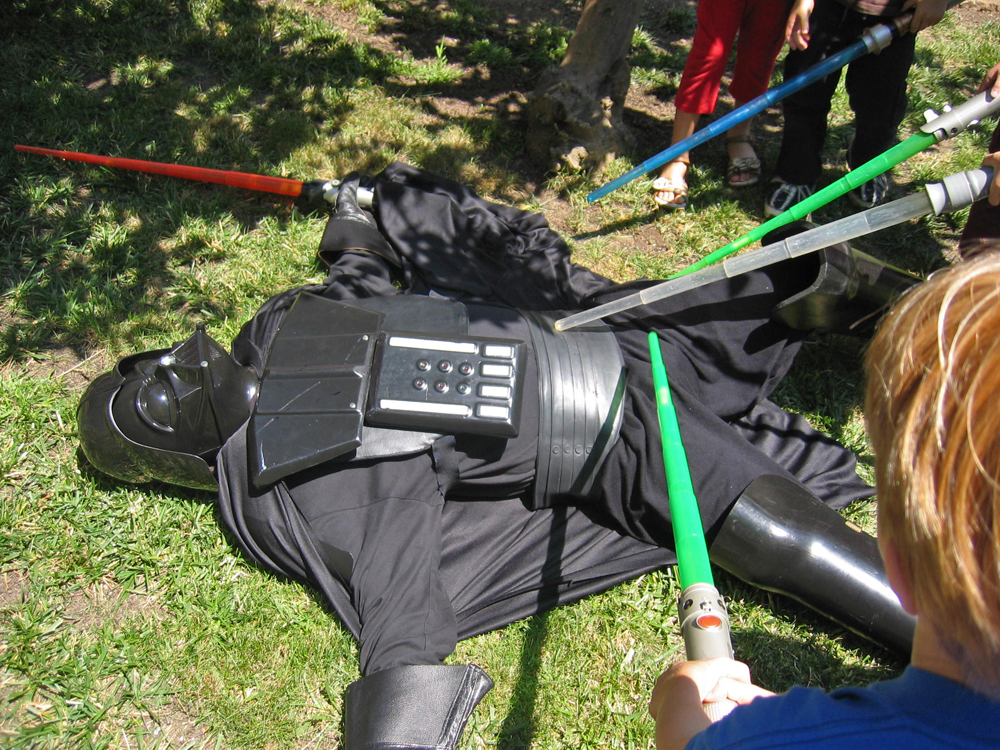New York’s High Line Park in the Sky Opens Today!
An elevated park in the sky built on top of the skeleton of an old rail system? It may have sounded impossible only five years ago, but today, the eagerly awaited High Line elevated urban park officially opens for thousands of New Yorkers looking to escape the hubbub of the city below! Here at Inhabitat, we have been following the journey of the High Line for the past several years and were super excited to get a sneak peek yesterday of the new park, which was renovated / designed by starchitects Diller & Scofidio and James Corner of Field Operations. We were thrilled to get a chance to scope out the High Line yesterday as we’ve been waiting for this for ages!), so check out our pics below! The High Line was originally constructed in Manhattan’s Meatpacking District in the 1930s to lift dangerous freight trains off of city streets. Abandoned in the 1980’s the High Line went into decay and disrepair and was rediscovered in popular consciousness in 2000, after acclaimed photographer Joel Sternfeld captured the beauty of the industrial relic in photos: overgrown with wildflowers — an abandoned human structure essentially reclaimed by nature in a matter of 20 years. The City of New York was originally planning to tear down the High Line, but a group formed, called ‘Friends of the High Line’, to protect, preserve, and renovate the High Line. This eventually lead to a design competition, and the commissioning of architects Diller Scodifio + Renfro and landscape architects James Corner Field Operations to rehabilitate this abandoned space into a lush, green, elevated paradise for Manhattanites. Renovations spanned a time frame of several years (with another section yet to be complete until 2010), but visitors to the park yesterday all seemed to agree that it was well worth the wait. So what was our verdict? Well, while we view slick renderings of concepts for urban green spaces almost everyday, it is an entirely different thing to actually step into a completed project and see it with our own eyes. We weren’t sure if it was going to be possible for a starchitect-designed renovation to maintain the simple, stark beauty of the original, overgrown High Line - the one that had captured the imagination of so many Manhattanites in 2000. But we were impressed and pleasantly surprised! The feeling at the High Line today was one of excitement, optimism and pride that our city was able to take something that was just a gleam in our eyes a few years ago and turn it into something that we, and hopefully generations to come, can enjoy. For New Yorkers like myself, who are just witnessing the beginnings of an urban space revolution, the High Line is a tangible manifestation of what the future could look like. That being said, you’re probably wondering what it looked like. The most prominent features of the long and winding park are the preserved rail tracks that poke out through the porous layer of concrete that has been cut away in strips here and there emphasizing a linear aesthetic. Lush shrubbery, reedy grasses and watercolor-hued flowers surround the rust-red tracks in a way that seems deliberate yet natural. Farther down along the meandering pathway, sunbathers relaxed on blocky wooden chaise lounges, some of which have casters that look like they can roll right along the tracks (although they can’t, we tried). Vistas that were unseen to most New Yorkers, like a view of the clubs in the Meatpacking district from above and peeks into the posh lofts that are at the same level as the High Line were visible, for the very first time, from here. Inhabitat editors Jill Fehrenbacher and Olivia Chen were able to speak with several of the key players in the project, including Ricardo Scofidio (the architect) and James Corner (the landscape architect), and we will be bringing you these interviews shortly. Stay tuned for our upcoming video and interviews! Finally, congratulations to this lovely couple who celebrated their wedding day at the opening day of the High Line. What a beautiful and symbolic way to commemorate their special day! + High Line Set to Open in June
by Yuka Yoneda and Jill Fehrenbacher
















































 's "total control" prison camp No. 14, a Stalinist gulag for political prisoners. His mother was hanged; his brother was shot nine times.
's "total control" prison camp No. 14, a Stalinist gulag for political prisoners. His mother was hanged; his brother was shot nine times.























 The Beanzawave is said to be the world's smallest microwave.
The Beanzawave is said to be the world's smallest microwave. 


 • It has a magnetometer, which works with a Compass application, third parties, and it is integrated into the new Google maps app, showing your orientation with a small semitransparent cone.
• It has a magnetometer, which works with a Compass application, third parties, and it is integrated into the new Google maps app, showing your orientation with a small semitransparent cone.


